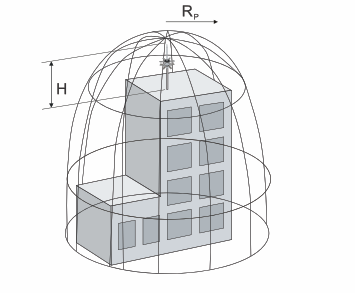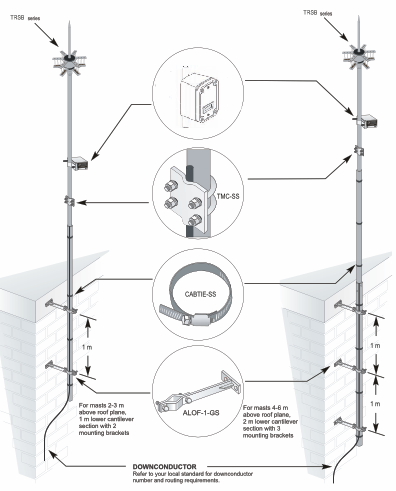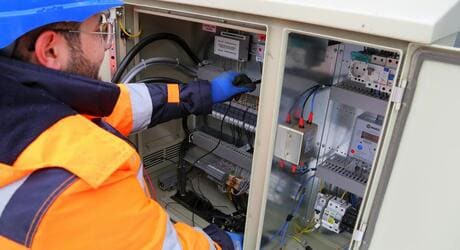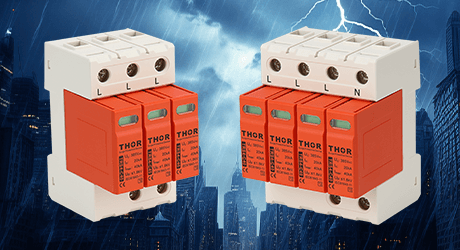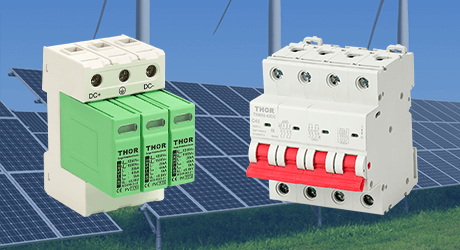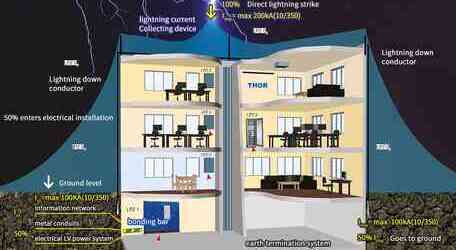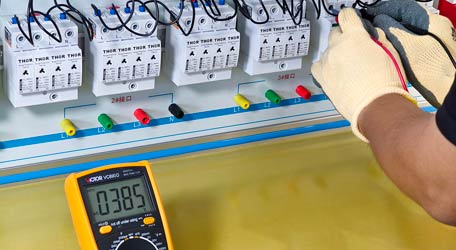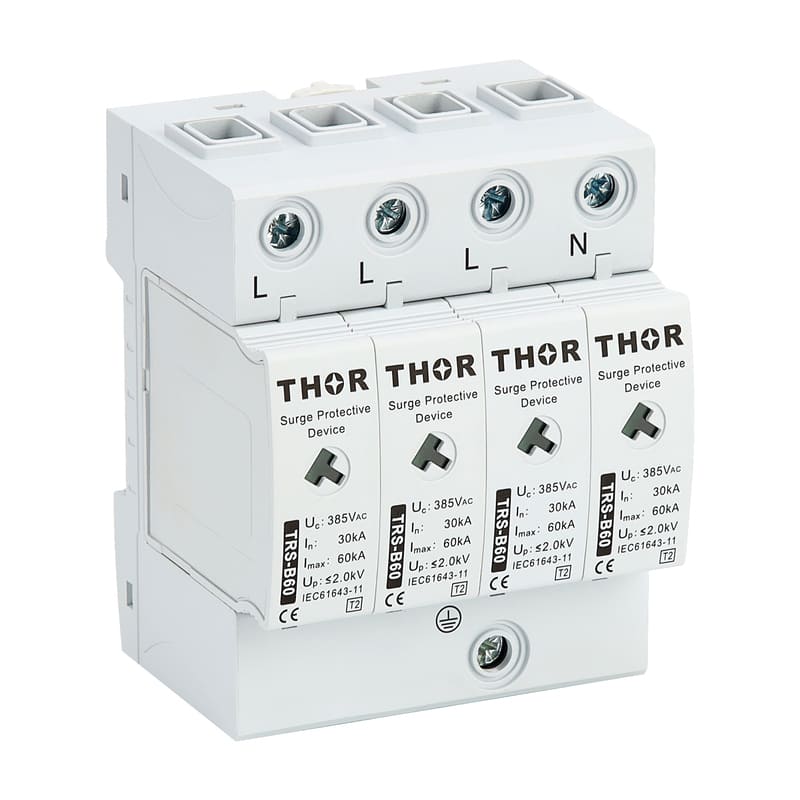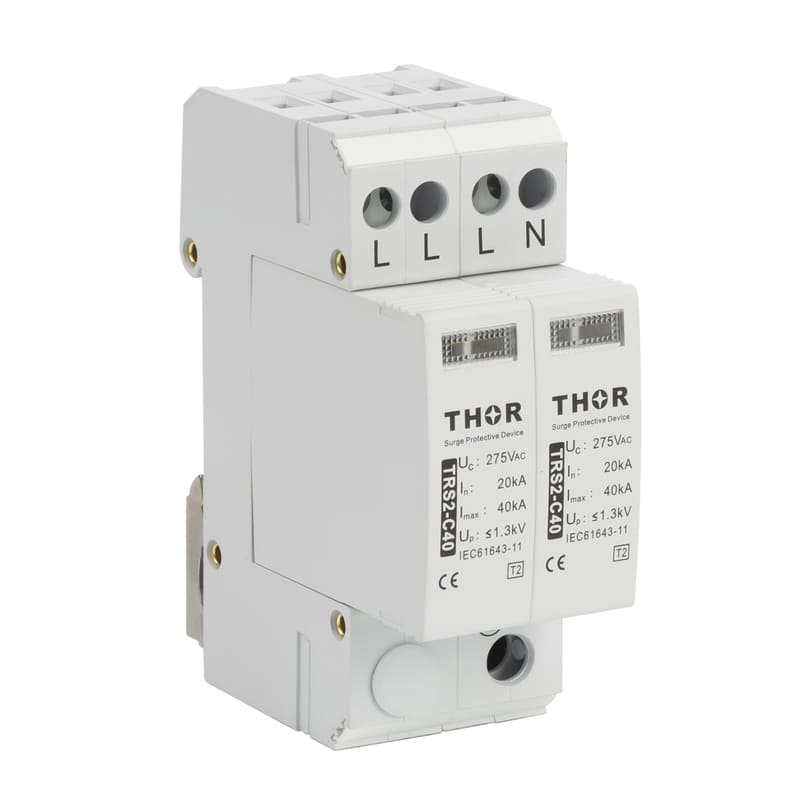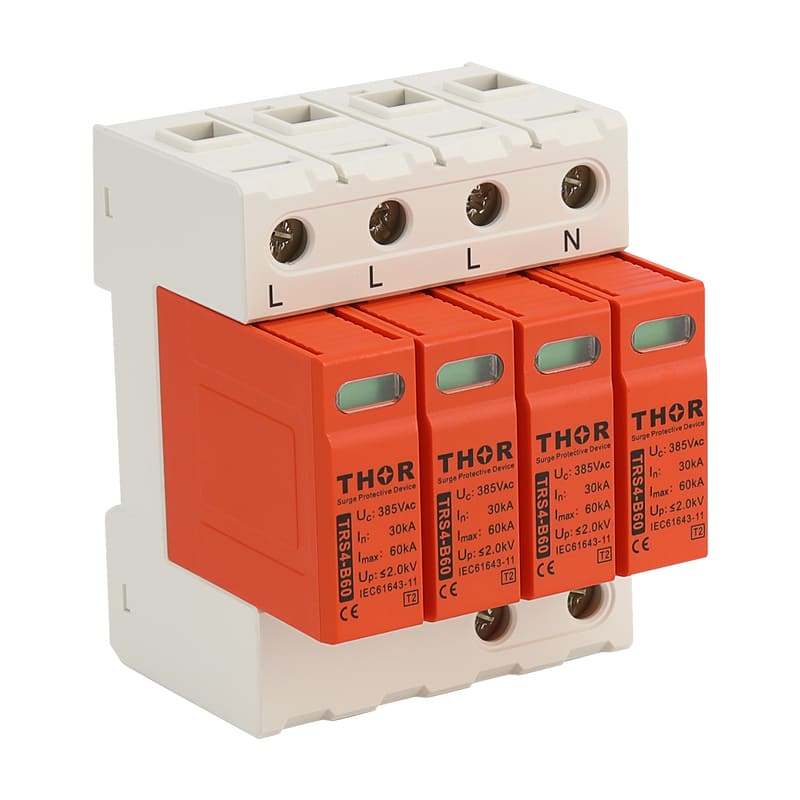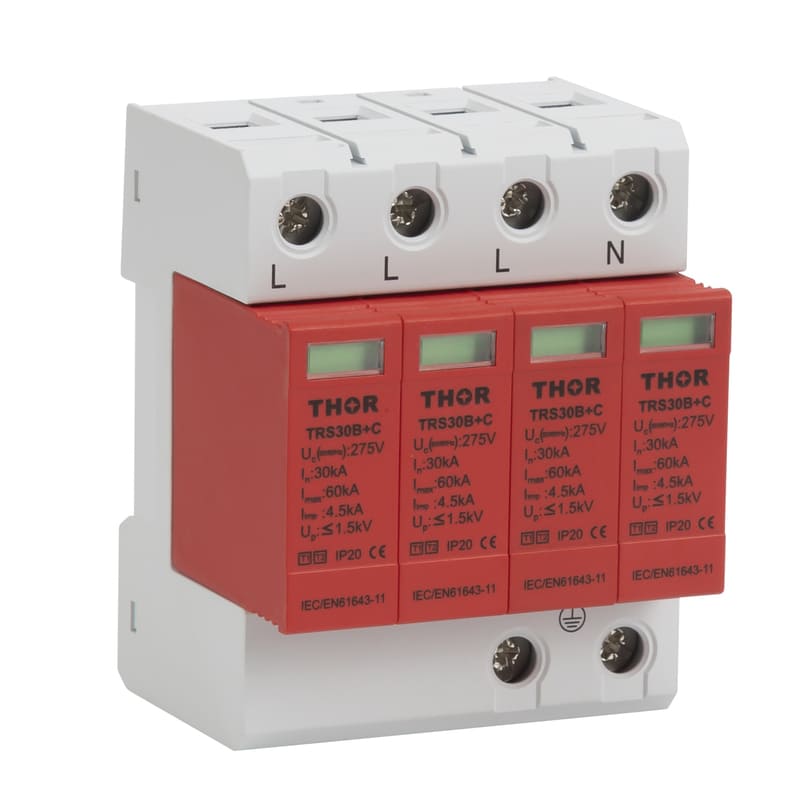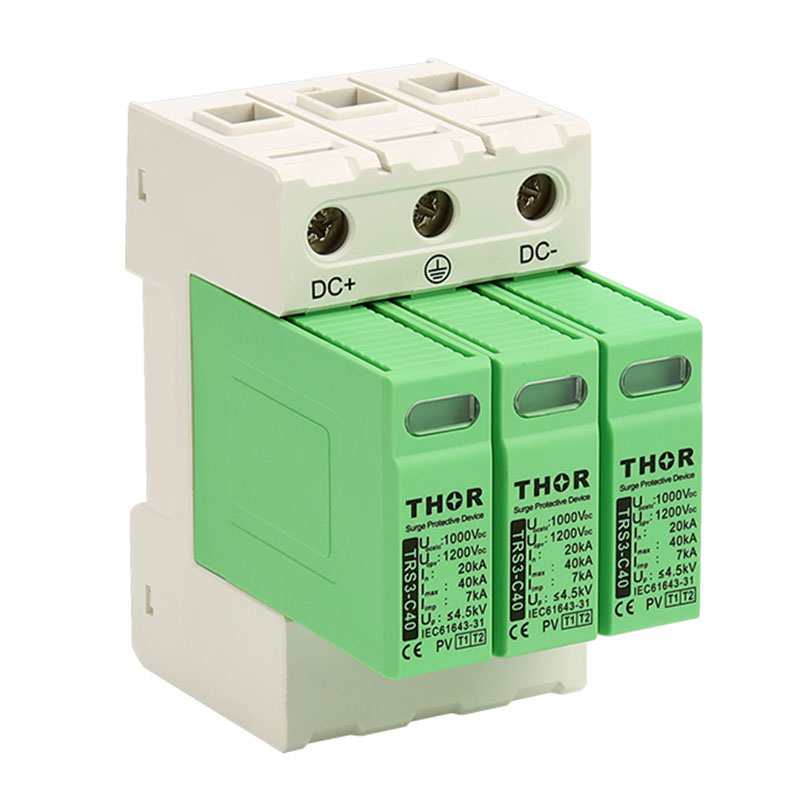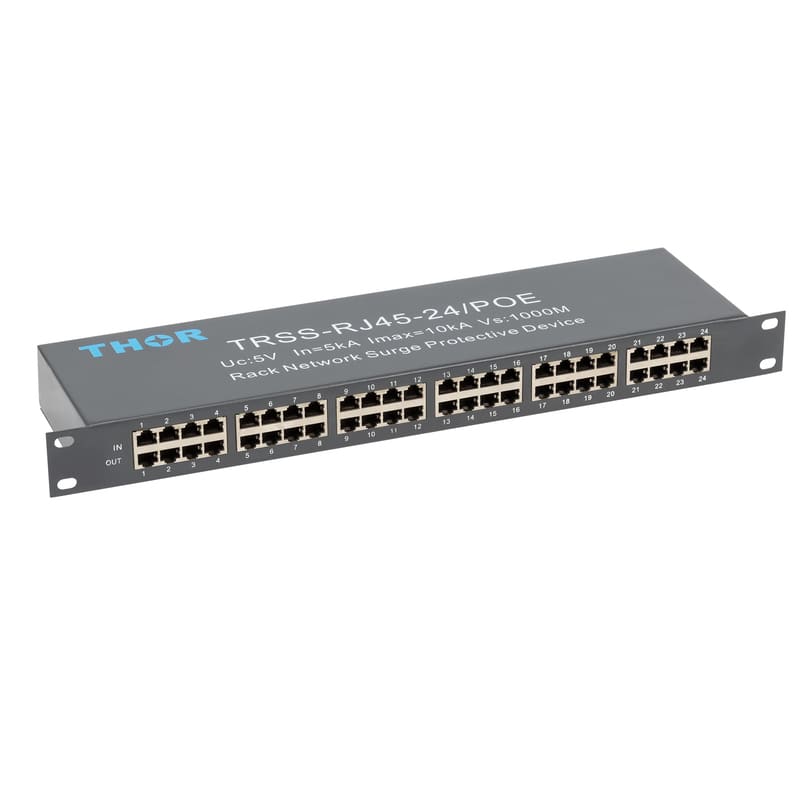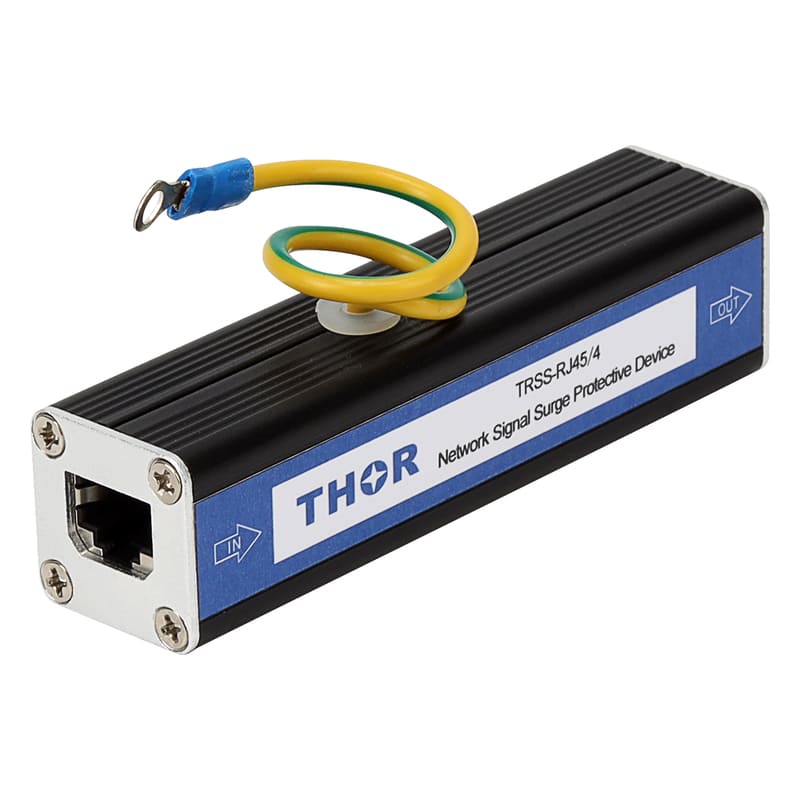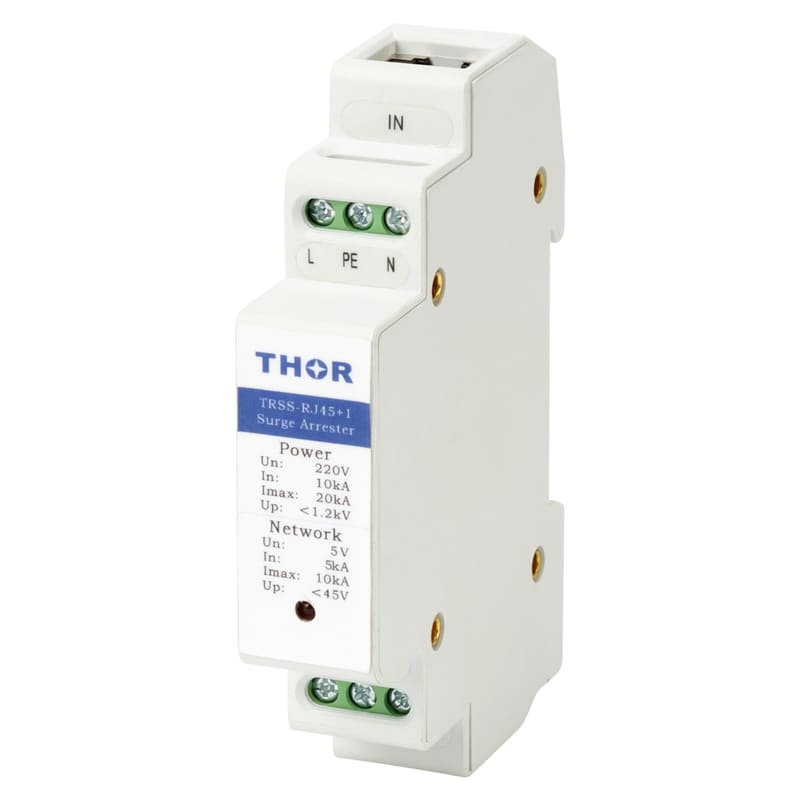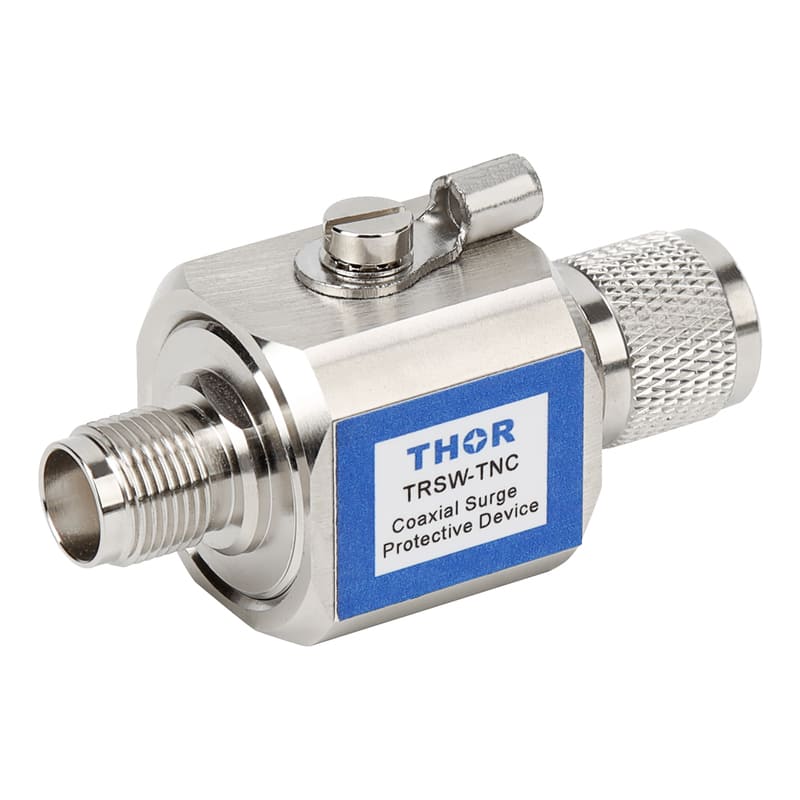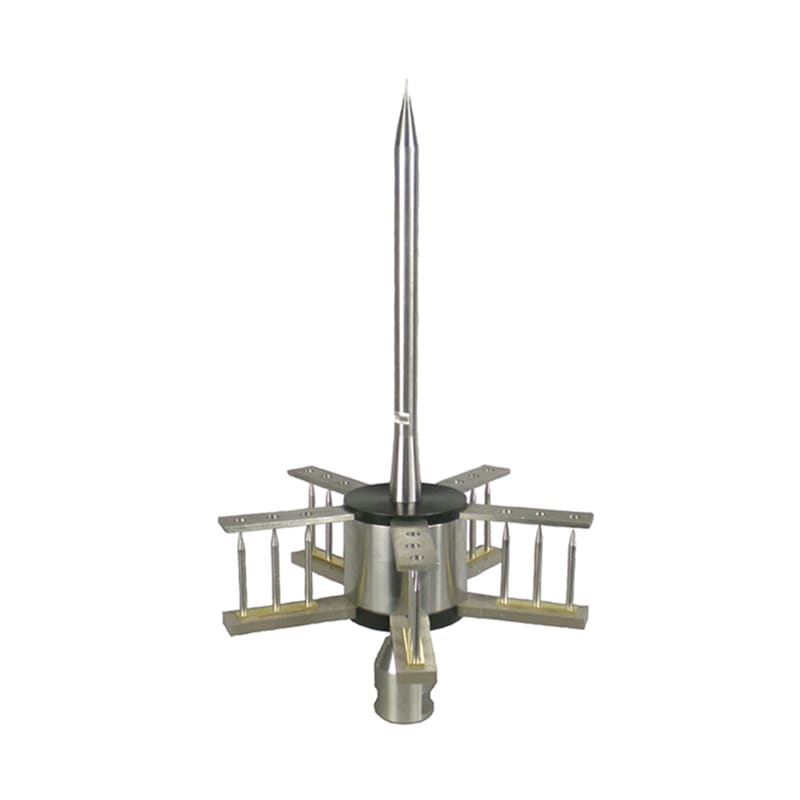
Lightning Rod is used for protecting the buildings to avoid lightning strike. Lightning rod grounding plays an important part of the air termination network of a lightning protection system.
Building Lightning Rod, alternate named lightning protection devices, used for protecting the
building when raining and lightning .The lightning rod installed on the building and transfer the electric to earthing metal to protect the building . Our lightning rod comply with UNE 21.186 NFC 17. 102 or EN 50.164/1 EN 62.305 standard . Customized lightning rod available.
Working Principles:
During thunderstorm conditions when the lightning down-leader is approaching ground level, an upward leader may be created by any conductive surface. In the case of a passive lightning rod, the upward leader propagates only after a long period of charge reorganization. In the case of PDC series, the initiation time of an upward leader is greatly reduced. The PDC series generates controlled magnitude and frequency pulses at the tip of the terminal during high static fields characteristic prior to a lightning discharge. This enables the creation of an upward leader from the terminal that propagates towards the downward leader coming from the thundercloud.

Part I: Protection range of direct lightning arrester Rolling ball radius(R):
| Class Ⅰ lightning protection building | 30m(National buildings, arsenal, etc.) |
| Class Ⅱ lightning protection building | 45m (Government institutional units, etc.) |
| Class Ⅲ lightning protection building | 60m(civil buildings, etc.) |
| Type R | Lightning Rod height (h)/ protecting range (x) | ||
| Class Ⅰ 30m | 30/30 | 15/25 | 10/22.3 |
| Class Ⅱ 45m | 45/45 | 22.5/38 | 10/28 |
| Class III 60m | 60/60 | 30/51.9 | 10/33 |
